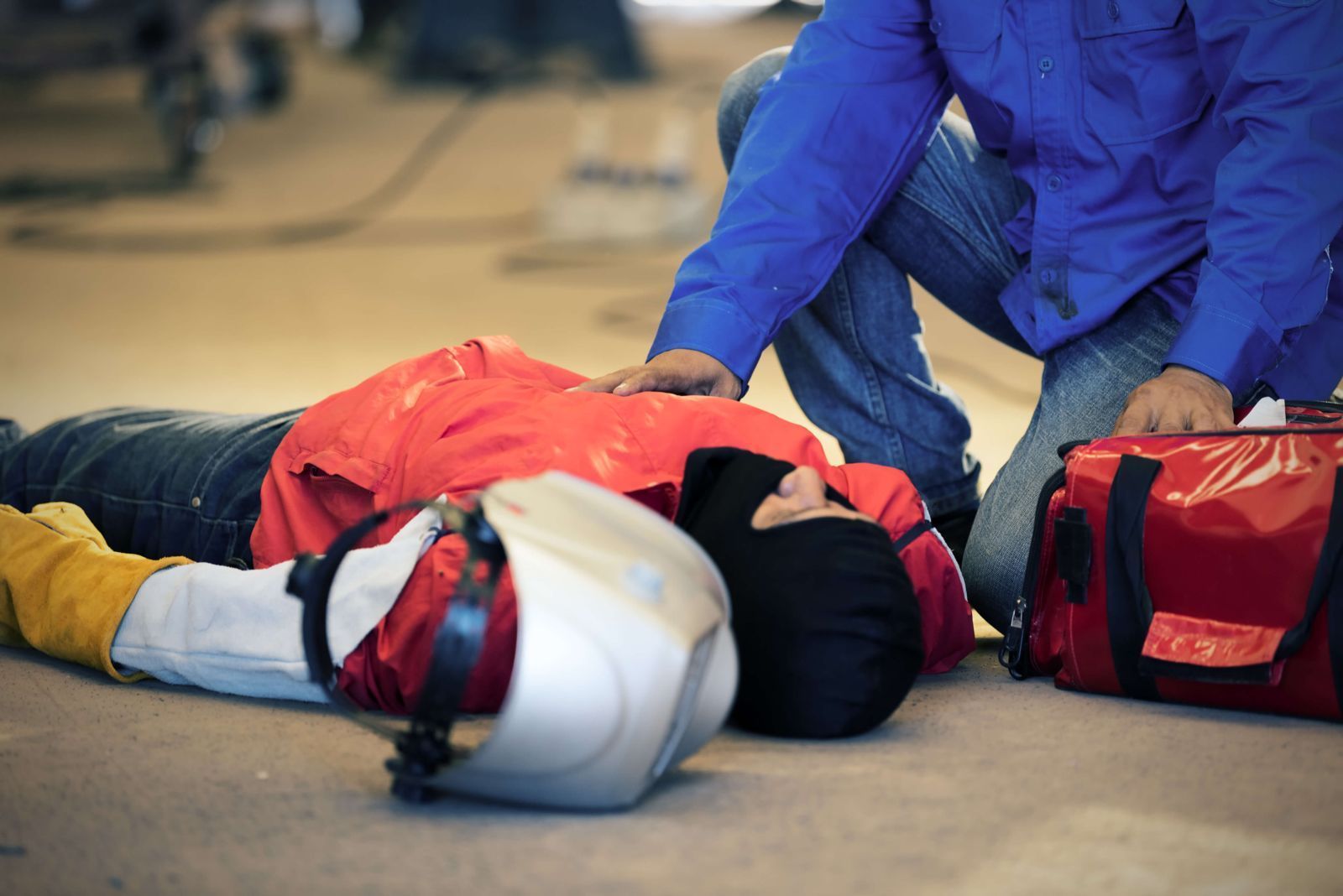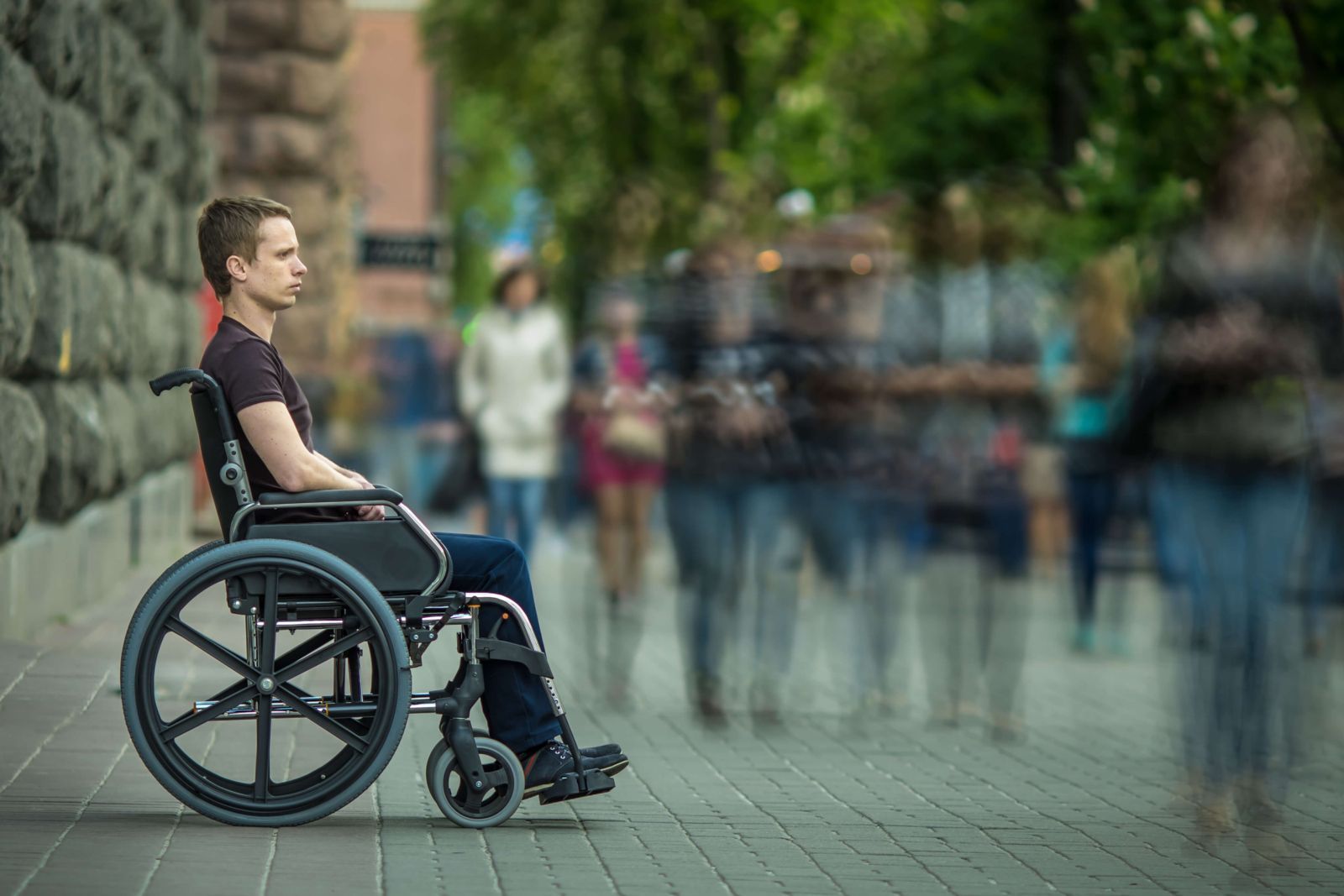Texas Child Seat Laws Reduce Car Accident Fatalities
October 24, 2019

How Can You Keep Your Child Safe From A Car Accident In Texas?
Guidelines To Followed When Buying A Car Seat
- Birth to 1 year old and up to 35 pounds:
- Use a rear-facing seat suitable for your child’s height and weight.
- Make sure you check the height and weight capacity of your car seat and follow the installation and operating instructions carefully.
- 1 year old to 4 years old and 20 pounds to 40 pounds:
- Use a forward-facing seat for as long as is recommended by the manufacturer.
- 4 years old to 8 years old and over 40 pounds:
- Use a booster seat.
Have You Been Injured In A Texas Car Accident?
If you've been hurt in a Texas car accident you need to speak with an experienced car accident lawyer as soon as possible. Contact us online or call our Dallas or Austin offices directly at 817.485.8888 to schedule your free consultation.

August 8, 2022
According to the American Automobile Association (AAA) , over one 4-year period, falling cargo and road debris caused over 200,000 auto accidents on U.S. roadways . Two-thirds of these accidents were caused by cargo that fell from a commercial vehicle because of improper maintenance and unsecured loads. The remaining third were caused by drivers swerving to avoid debris on the road.

December 22, 2021
In September of 2020, in a predawn accident on I-30 East in Mesquite, TX , a passenger car was involved in a collision with an 18-Wheeler where a man’s car was found pinned beneath the truck’s box trailer. Unfortunately, the driver of the pinned vehicle did not make it out alive and was pronounced dead at the scene.

October 24, 2019
As bicyclists like to say: “It’s a beautiful world…get out there and discover it”. Great advice, but don’t forget to bring along the safety. For bicycle safety, following a few common-sense guidelines will help ensure your ride is both safe and enjoyable.How To Safe On Your Texas Bicycle TripOften cyclists share the road with motorists, so the first rule of safety is, follow the rules of the road to avoid a car accident.Always ride in the direction of traffic, not against it.Use hand signals when turning and use the “look, signal, and look again” method before turning.Yield to traffic when appropriate and take extra precautions at intersections. Another useful rule is, stay alert. Keep an eye on the traffic around you. Avoid distractions such as wearing headphones or talking on the phone. Keep a lookout for potential obstacles. Don’t ride unpredictably in traffic – weaving in and out is not something motorists are accustomed to.Lastly, don’t ignore personal safety. A bike that is well maintained is not only safe, its better performing. Check the little things before a ride, like brakes, tires, lights, even the seat. And, of course, always wear a helmet.Have You Been Involved In A Texas Accident?If you've been hurt in a Texas accident you need to speak with an experienced lawyer as soon as possible. Contact us online or call our Dallas Fort Worth metro office directly at 817.485.8888 to schedule your free consultation.

October 23, 2019
Unfortunately, the rate in which American’s are dying due to drivers who run red lights has only increased within the past five years. The AAA Foundation for Traffic Safety did a study and it found the number of fatalities due to red-light running in 2017 reached 939 in comparison to 761 fatalities in 2014. As a result of this study, the AAA Foundation for Traffic Safety was able to conclude that red-light running fatalities reached its all time high in 2017. The study did not only include the drivers themselves, but included passengers, individuals in another vehicle, and even pedestrians.

March 11, 2019
Employers in Texas are permitted to opt out of providing workers’ compensation insurance to their employees. They are referred to as non-subscriber employers. Employees who work for these companies and are injured on the job must prove that their accident was caused due to negligence in order to receive compensation for their injuries.

March 7, 2019
Becoming paralyzed as a result of a truck accident in Dallas or Fort Worth can be devastating and change your life forever. Depending on what body parts are affected, your mobility and ability to care for your basic needs can be significantly limited. In addition, you could suffer a number of complications associated with paralysis. It is important to understand what they are and the likelihood that you will suffer them so that you request compensation for the medical treatments you will need as part of your settlement with the negligent trucker and trucking company that caused your collision.

January 14, 2019
It is important to pursue claims against any responsible parties to ensure that you receive all the compensation you deserve. This is especially true if you work for a non-subscriber employer who has opted out of providing workers’ compensation benefits in Texas. In this situation, you must prove your employer’s negligence to receive damages from them. However, you only need to prove that your company was at least one percent negligent to hold them liable.

January 3, 2019
When you must pursue your legal right to compensation for your injuries in a truck accident in Dallas or Fort Worth, you will most likely hear many legal terms discussed that you may not be familiar with. Two that may be used interchangeably are filing a claim and filing a lawsuit. However, these are two separate steps in a truck accident case, and it is important to understand which one you are taking.



